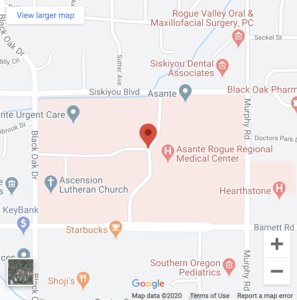Share:
Mobility tool launches to move patient care forward
Nurses have known the importance of early ambulation for decades. This quote from 1978 by nursing theorist Virginia Henderson is true for our Asante patients today:
“Early ambulation is a term that came into general use shortly after World War II and means the patient gets out of bed the day of, or after, the surgery. The program for postoperative exercise and early ambulation should be carried out under the nurse’s supervision. It is important to describe the program in sufficient detail, and to give each patient individual consideration. Through exercise and ambulation, the body is quickly resorted to the physical state interrupted by the surgical procedure.”1
For this reason, Asante has made early mobility a priority for inpatient care. Now beside staff will have new tools in Epic to promote mobility in adult patients.
The Asante Mobility Tool initiative goes live on June 16. As part of this initiative:
- Orders for mobility and mobility-related precautions will change in order sets.
- Required documentation in Epic will align with required documentation in the AMT policy. Nursing staff will:
- Document a safety screen at least once a shift
- Document the patient’s mobility level at least once a shift
- Document the patient’s mobility activities
Preparing for this initiative began for frontline staff in February when they completed an ALEC module about the new Asante Mobility Tool and watched a video that demonstrated how to use the tool with a patient. These educational tools are still available in ALEC for anyone who wants to review them. The Asante Mobility Tool policy ![]() and an AMT Fast Facts
and an AMT Fast Facts ![]() are available on the myAsanteNET.
are available on the myAsanteNET.
With nurses leading this proactive mobility approach and with multidisciplinary engagement, Asante’s surgical patients will regain their strength and medical patients will be less prone to deconditioning. Proactive mobility is a key component to the excellent patient outcomes for which Asante is recognized.
1 Henderson, V., and Nite, G. (1978). Principles and Practice of Nursing (6th ed.). New York, NY: Macmillan Publishers
If you have a question, please contact the author or relevant department directly.



